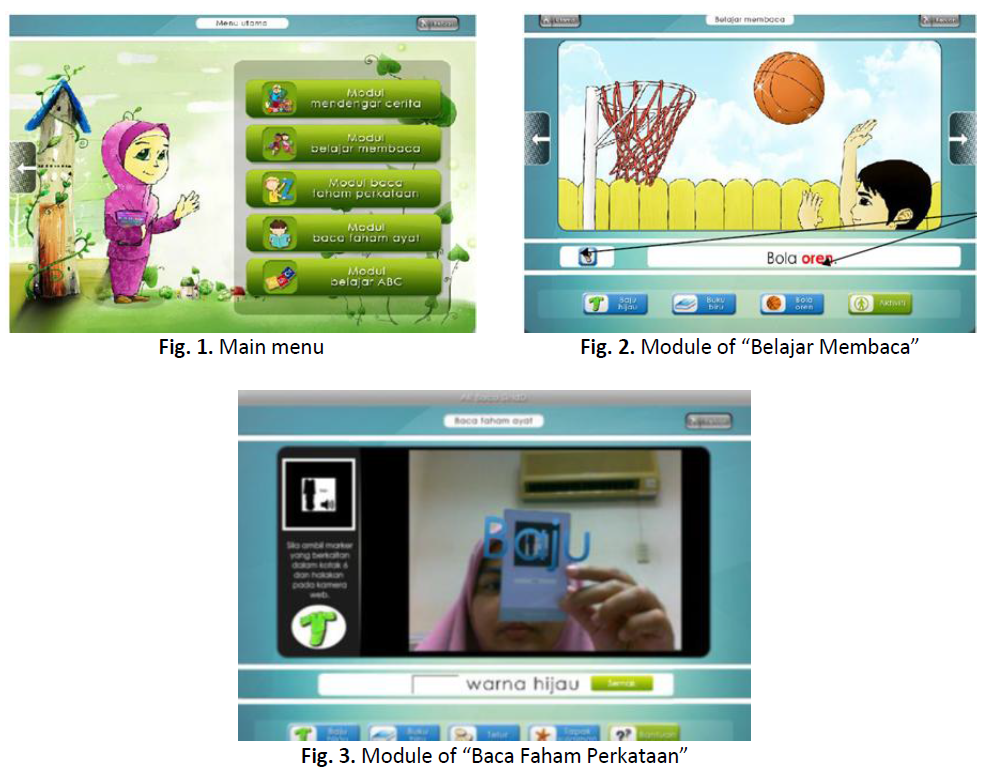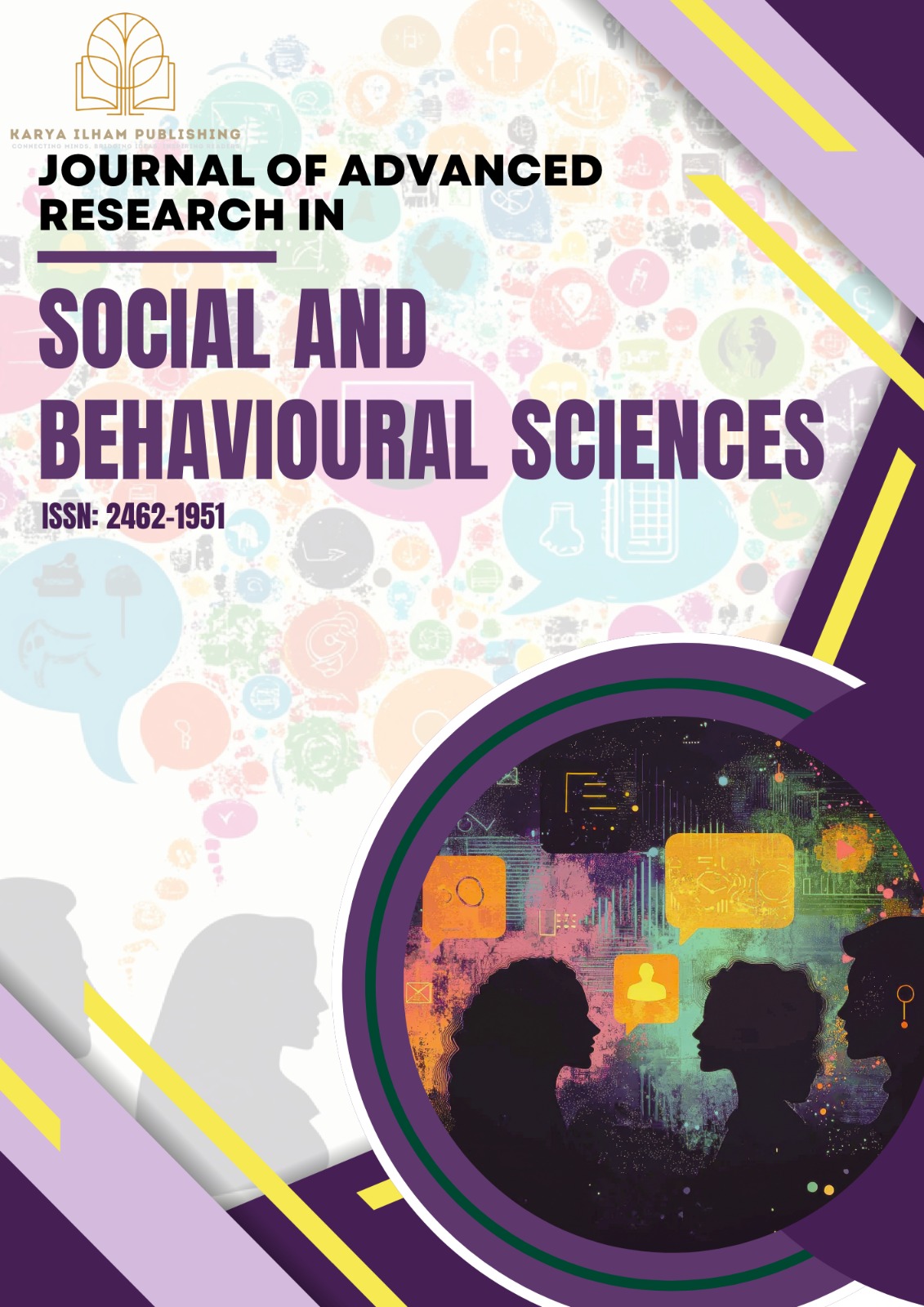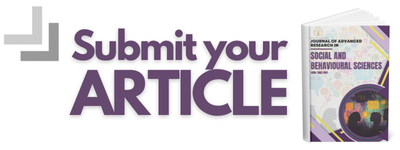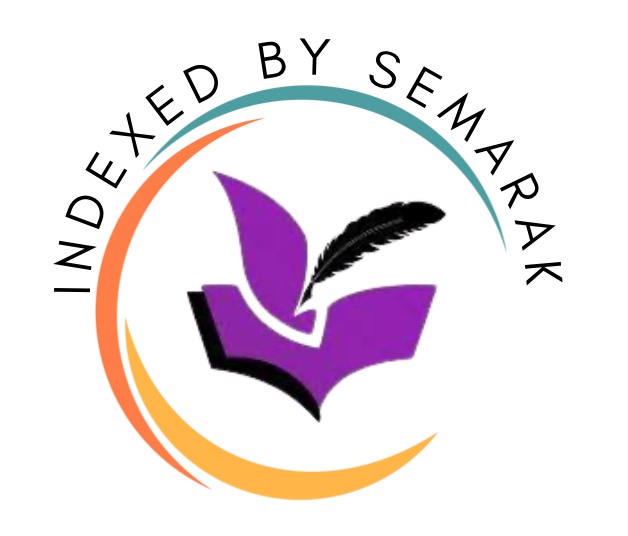The Usability Testing of AR BACA-MV-SindD Courseware: Assessing Effectiveness Construct
DOI:
https://doi.org/10.37934/jarsbs.40.1.920Keywords:
Usability, early reading, effectiveness, augmented reality, Down syndrome (DS)Abstract
Usability testing is a method used to assess how effectively and efficiently users can interact with a product to achieve their goals. This process involves observing real users as they perform specific tasks, aiming to identify any usability issues and ensure the software meets user needs and expectations. Implementing usability testing is vital for enhancing the design, evaluation, and anticipation of user interactions with new technologies, particularly for learners with Down syndrome. This process ensures that educational tools are tailored to meet their unique needs and capabilities. Augmented Reality (AR) stands out as a promising technology in this context, as it seamlessly integrates digital elements with the physical environment, offering real-time, interactive, and three-dimensional experiences that can enhance learning engagement and comprehension. This study focuses on the usability testing of the Augmented Reality Basic Reading Courseware (AR BACA-MV-SindD), an AR-based prototype designed to facilitate basic reading skills in the Malay language for learners with Down syndrome. The AR BACA-MV-SindD was developed using augmented reality technology to introduce students with Down Syndrome (DS) to a novel learning environment for acquiring basic reading skills in the Malay language. This study employed purposive sampling to select 15 participants from a school in Selangor, all of whom had no prior experience with augmented reality technology. Effectiveness was the primary construct employed to evaluate usability in this study. The findings revealed consistently high mean scores, indicating that AR BACA-MV-SindD holds promise as an effective learning strategy for enhancing basic reading skills among students with Down Syndrome.
















